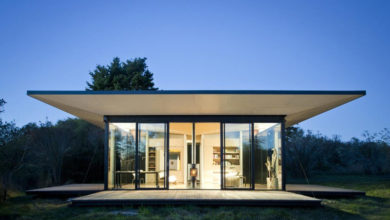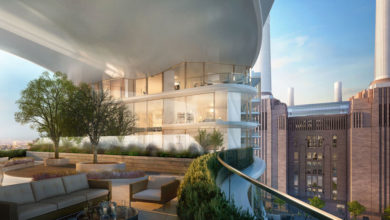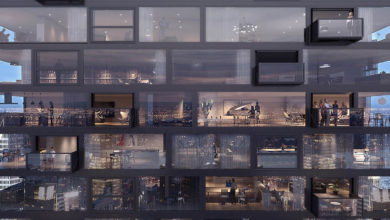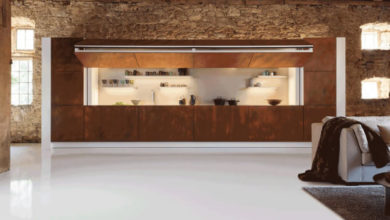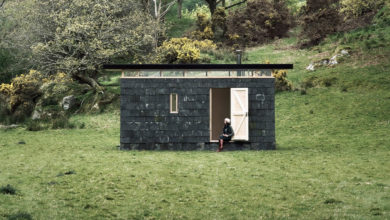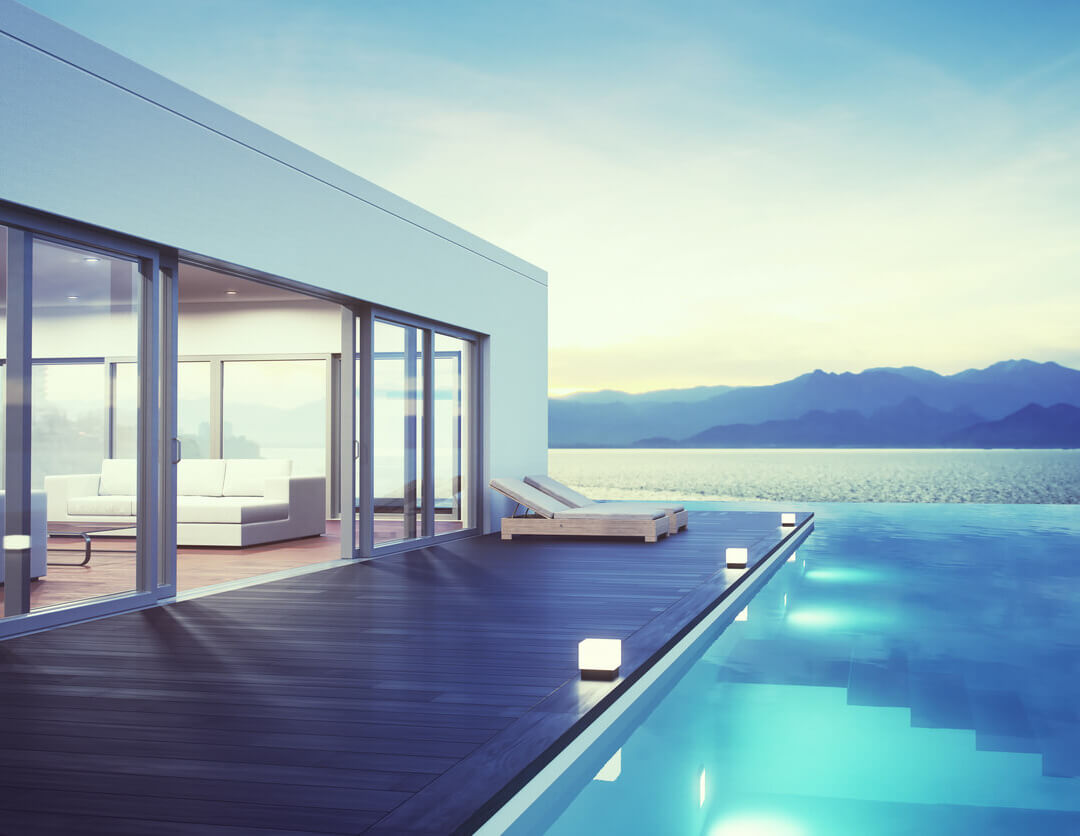Property NewsWorld's Coolest Property
Designs Unveiled for Five Vertical Cities on Mars
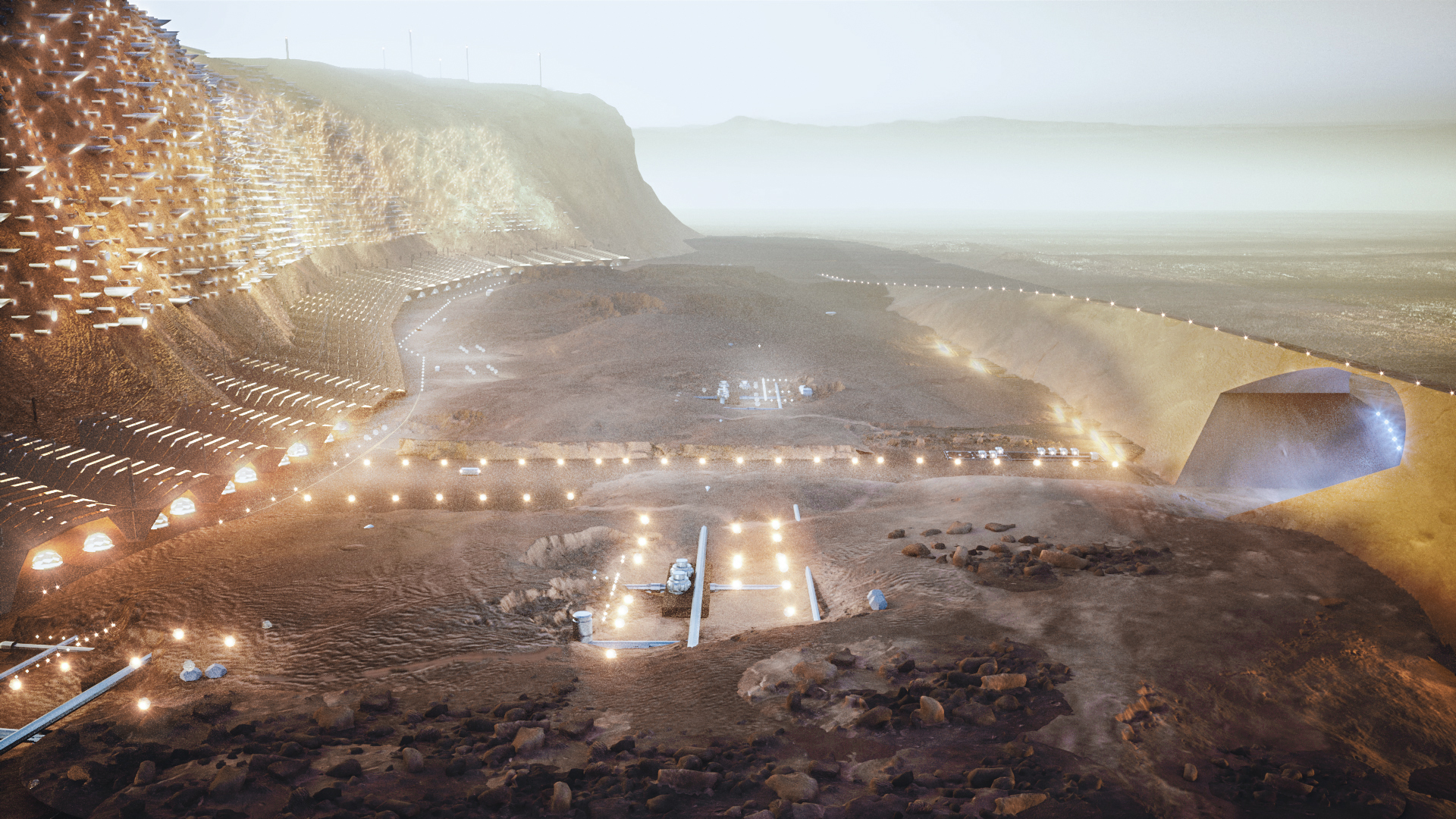
Have you ever dreamed of living on another planet? How does Mars sound? Designs have been drawn up for the creation of a sustainable, self-sufficient human outpost on the red planet, the fourth closest planet to the Sun that will house one million people.
The Nüwa project, which was one of the top 10 finalists in the Mars City State competition organised by the Mars Society in collaboration with The Sustainable Offworld Network (SONet) – an international team of scientists and academics dedicated to the development of sustainable human settlements on other planets, like the Moon and Mars – had to address the otherworldly challenges that the Martian atmosphere presented.
Vertical Cities on Mars
Working with academics and other members of SONet, the architects chose a Martian cliff to build a whole vertical city comprising pressurised, modular buildings inserted into excavated tunnels throughout the cliff face thereby protecting the inhabitants from the planet’s high radiation levels and supporting other forms of organic life.

Alfredo Muñoz, founder of ABIBOO Studio, the international architectural and urban design firm responsible for this exciting design, explained: “The solar and gamma radiation on Mars forced us to build spaces that are not directly exposed to the direct sunlight [sic].”
Lifestyle & Life Support
The urban configuration also needed to accommodate life support systems, such as food, air, and water production, so the architects located the city of Nüwa on the slope of one of the Martian cliffs with abundant water access at Tempe Mensa. There, the vast plain at the top of the cliff would house infrastructure dedicated to manufacturing, food production and energy generation.
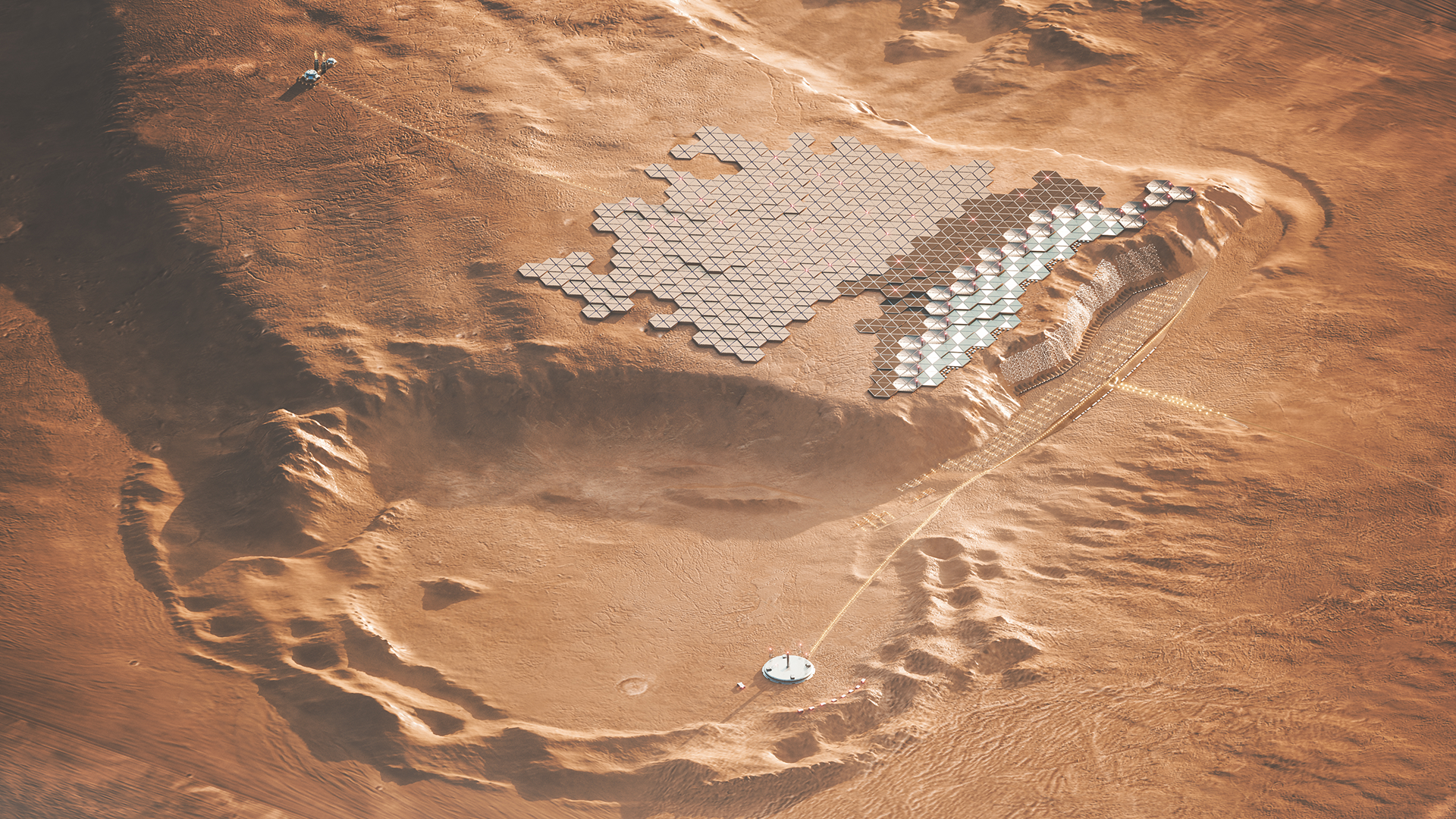
The modular buildings etched into the cliff face link together by a network of tunnels served by high-speed elevator systems, similar to those found in skyscrapers on Earth.
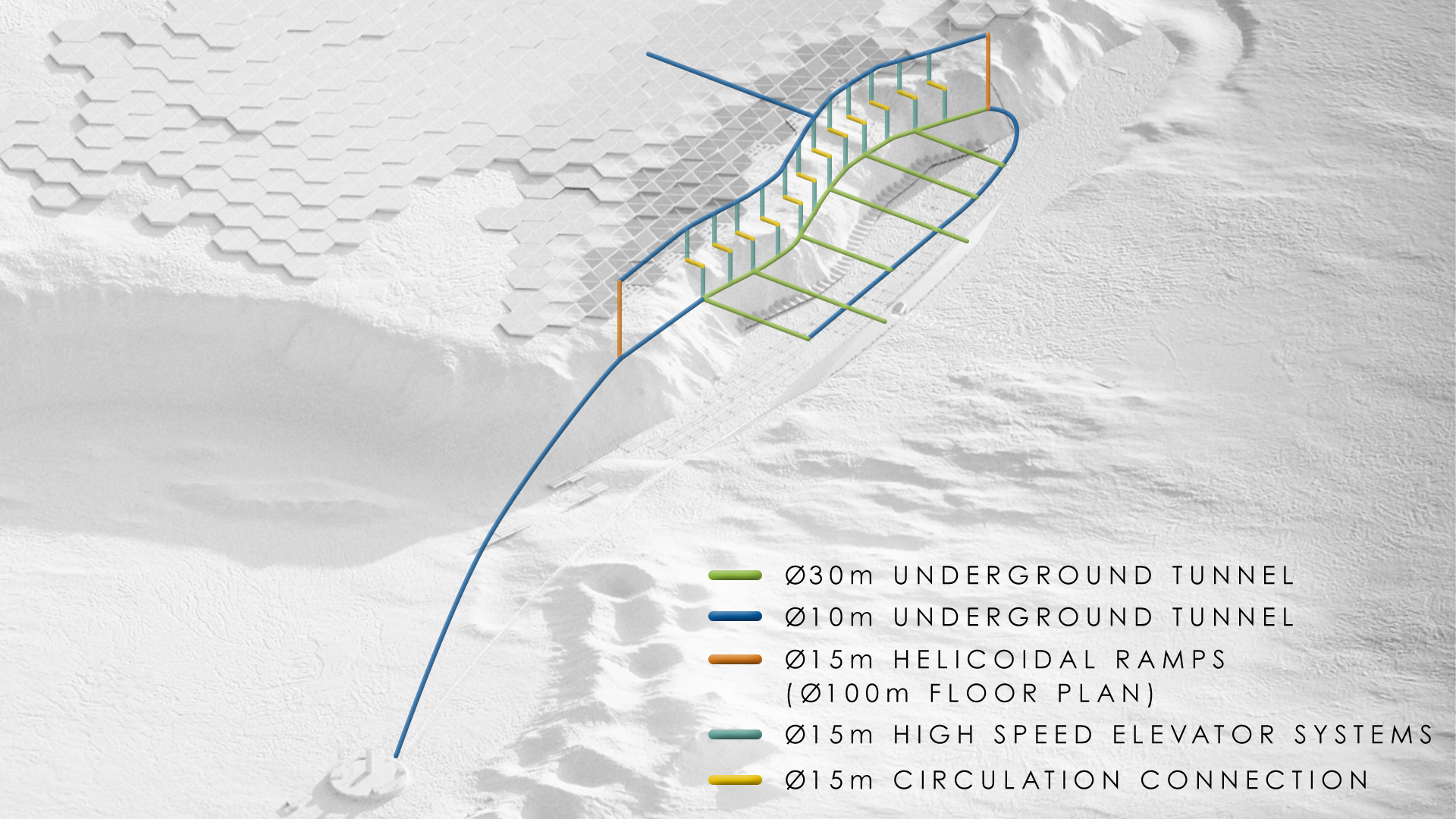
Each module would benefit from green space and urban gardens to provide physical well-being and condensation areas, called “Snow-domes,” that help dissipate heat and clean the air.
To create an emotional linkage with Earth, the design team also included vast, artificially created natural spaces called “Green-Domes,” which either act as parks or contain experimental vegetation grown in the Martian atmosphere.
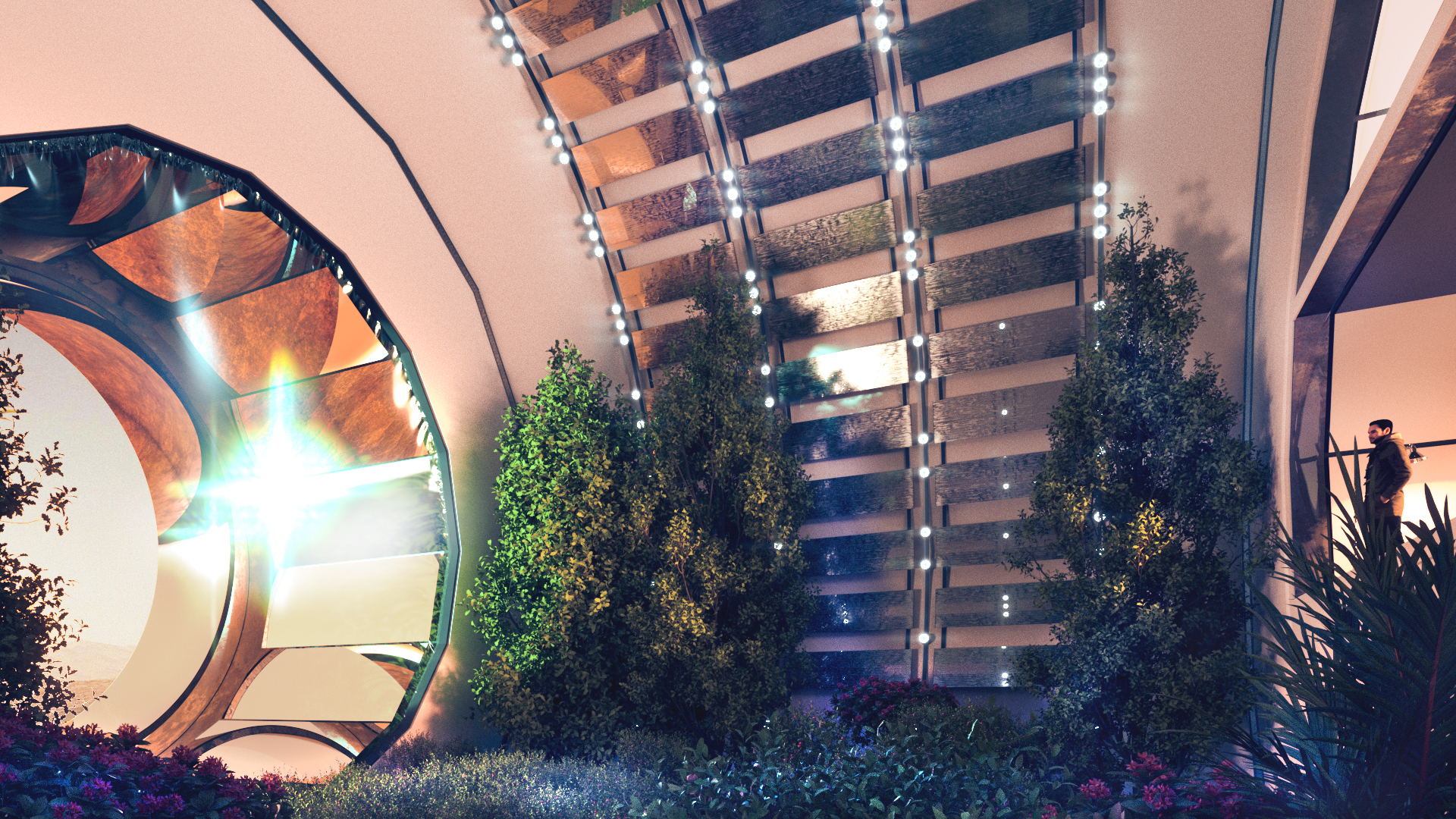
Large pavilions designed to host social gatherings are situated in the valley at the foot of the cliff. These pavilions have translucent skin to offer views of the landscapes of Mars and are protected from external radiation by large canopies. Furthermore, the material from the cliff excavation work is deposited on top of the buildings’ roofs, protecting the occupants from radiation, while at the same time, ensuring products are recycled.
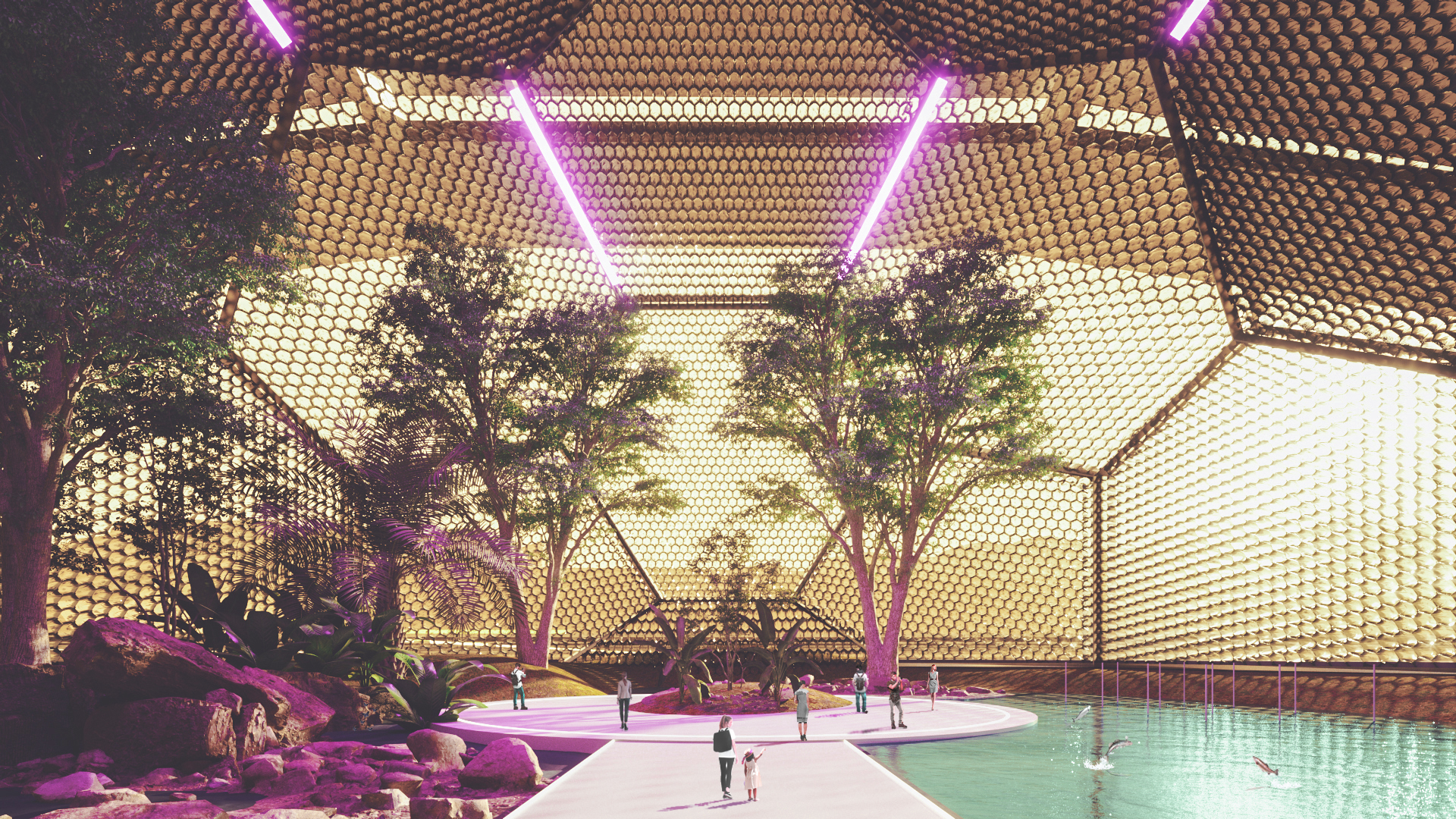
In the valley, there are also specific structures to house hospitals, schools and universities, sports and cultural activities, shopping areas, and train stations that communicate with the space shuttle.
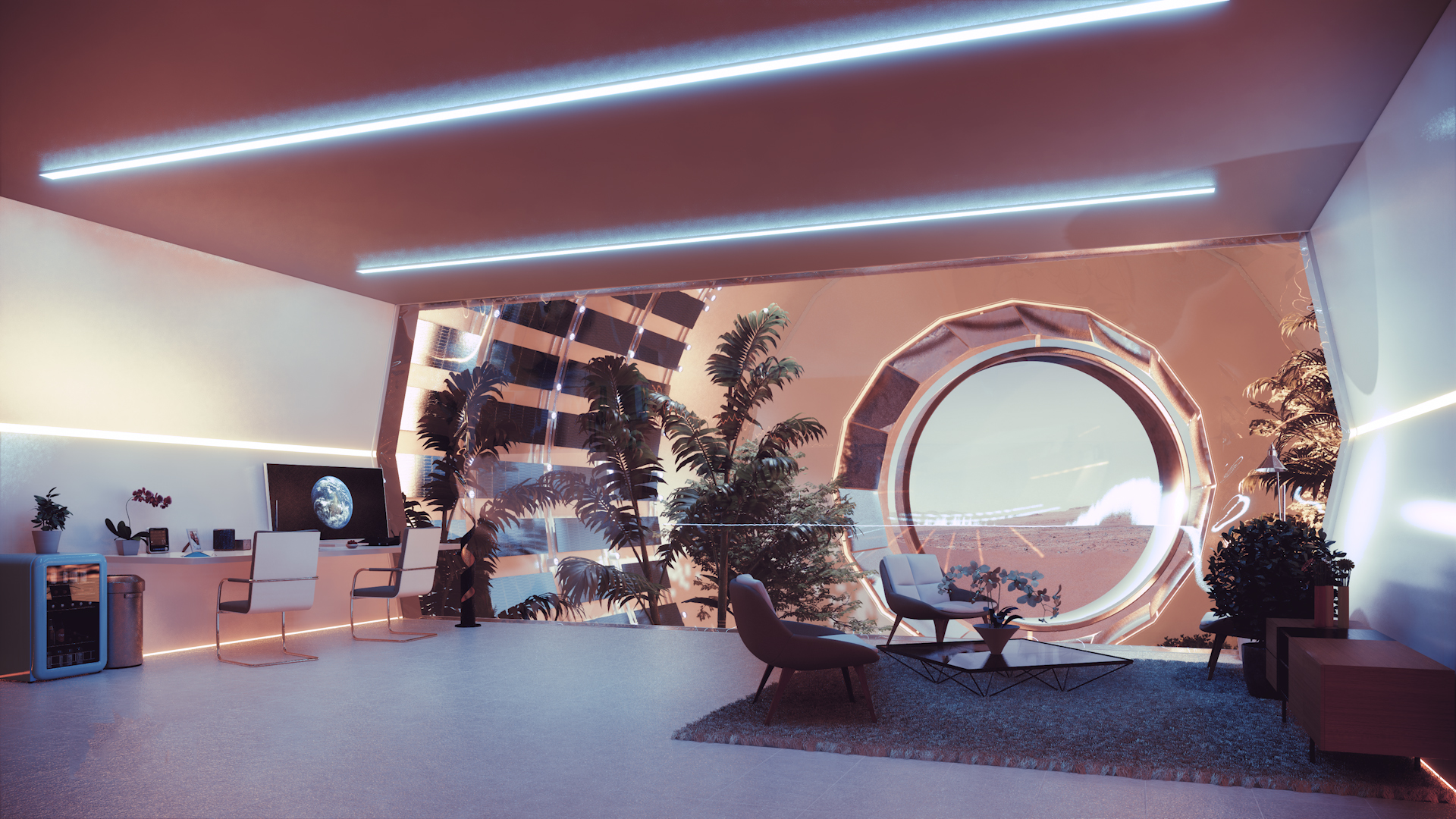
The Sustainable Mars Outpost
ABIBOO’s design includes five cities, with each city accommodating between 200,000 and 250,000 people with Nüwa as the capital. Aside from Nüwa, the other Mars city designs followed the same urban strategy with Abalos City located in the North Pole to leverage the access to ice, and Marineris City was located in the most extensive canyon of the solar system.
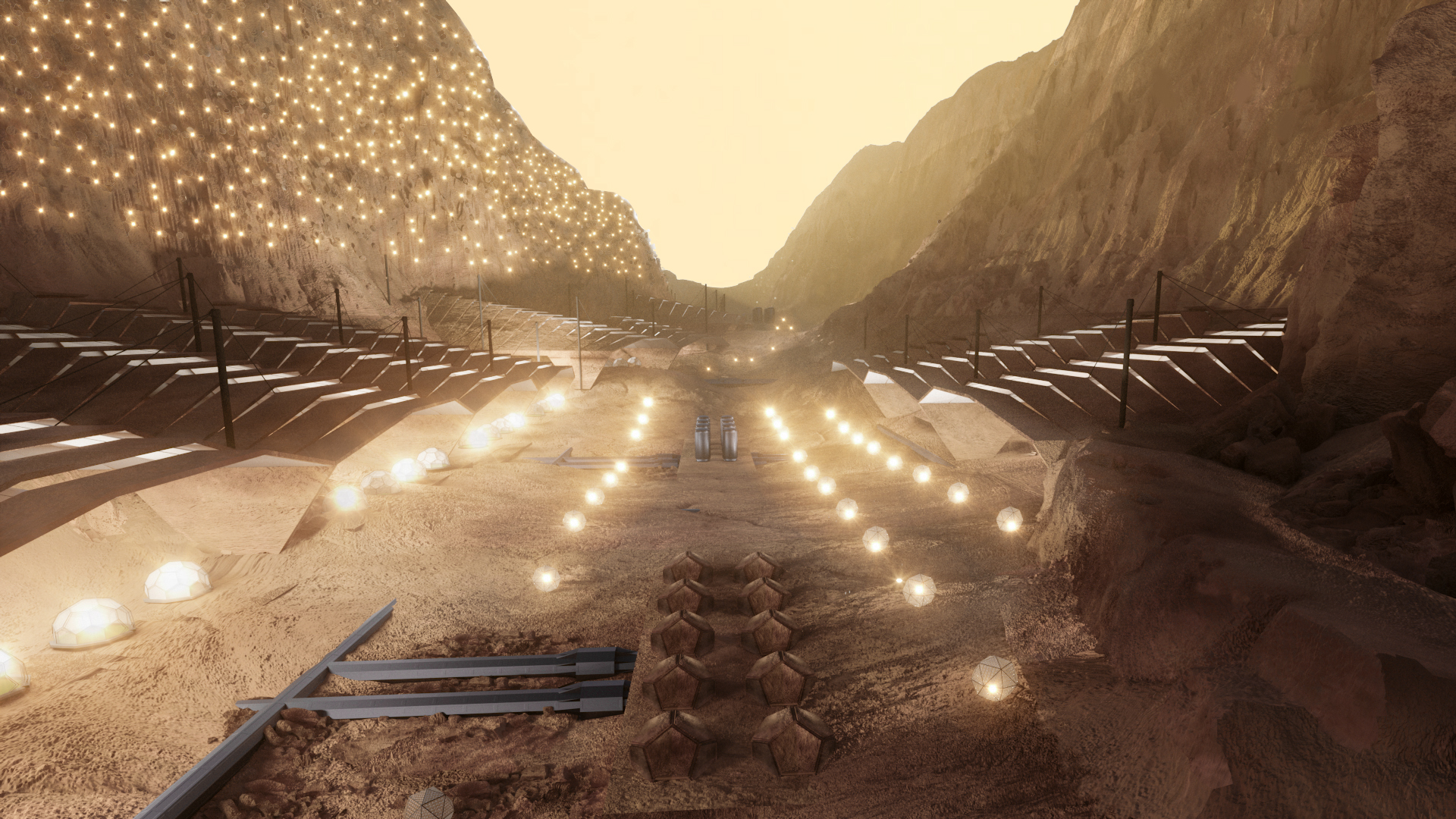
Travel between the different Martian cities would be served by pressurised electric buses and trains that travel on paved roads.
All the architectural construction throughout the colony includes additional safety aspects to regulate the internal atmospheric pressure and offer refuge zones for emergencies.
Artificial Intelligence (AI) is also set to play an essential role in Nüwa’s building standards to help maintain optimal conditions and minimise risks.
Crops would be grown in agricultural modules within a CO2-enriched environment, which would not be breathable for humans. As a result, the operational tasks in these facilities will be automated. To increase crops efficiency, the team of experts in astrobiology of SONet opted for a hydroponic system that requires less water and space than other methods. The production of algae, cellular meat and bacteria for waste processing is also conducted in this sector.
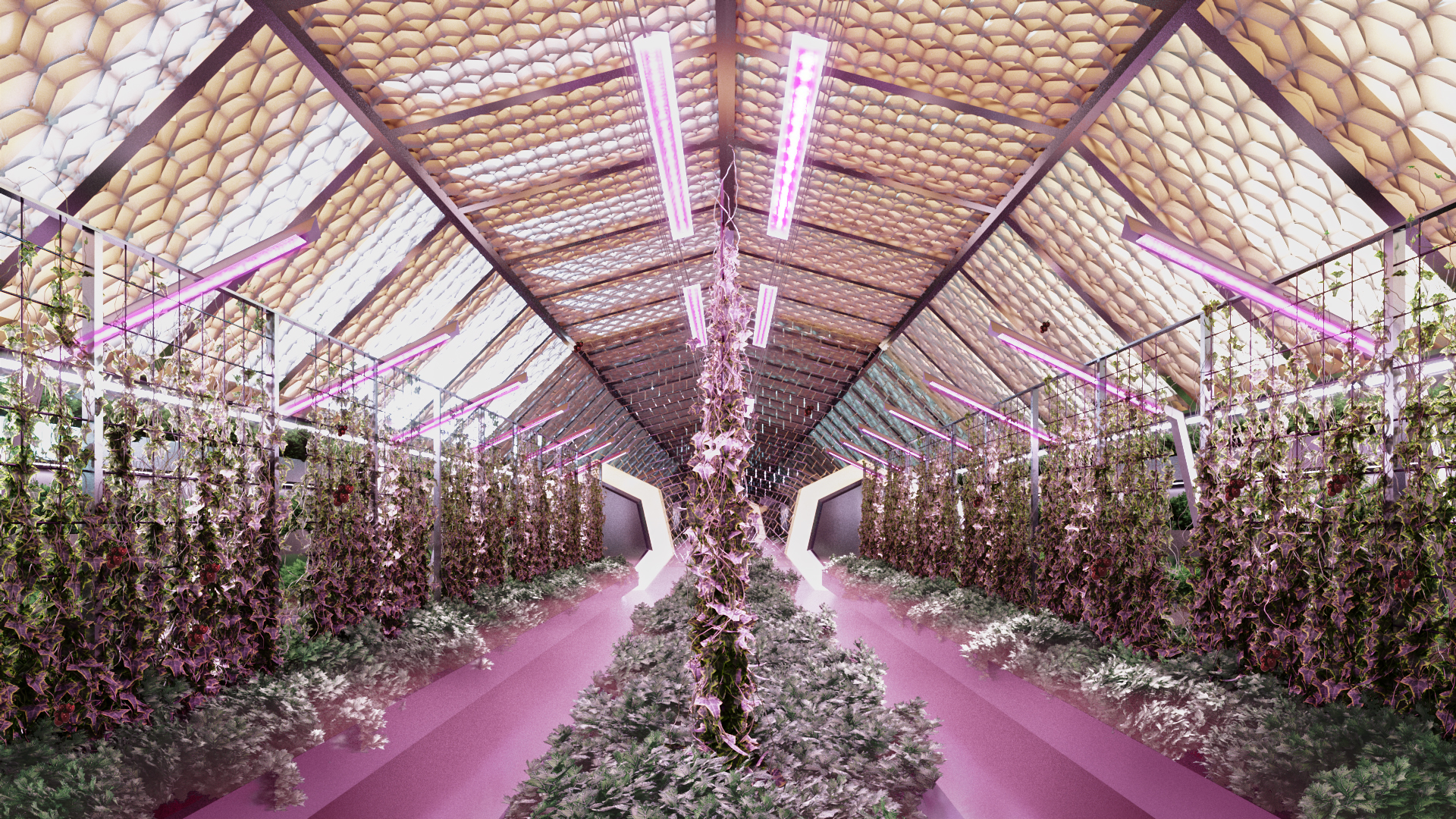
Farming areas for animals and insects have been located in ‘The Valley’, close to communal city areas, as they need a human-like atmosphere to live. The “Green Domes” and the urban gardens inside the cliff are also habitats for some select animals. However, the space assigned for livestock is relatively small as the high energy required for livestock farming would not be viable or sustainable so the Martian diet would primarily be vegetarian.
After an initial short period of capital investment and supply from Earth, it is expected this urban development on Mars would be built in a sustainable manner with all the materials required for constructing the city obtained on Mars by processing carbon and other local minerals.
We’d love to think there will be a human outpost like this on Mars one day…



